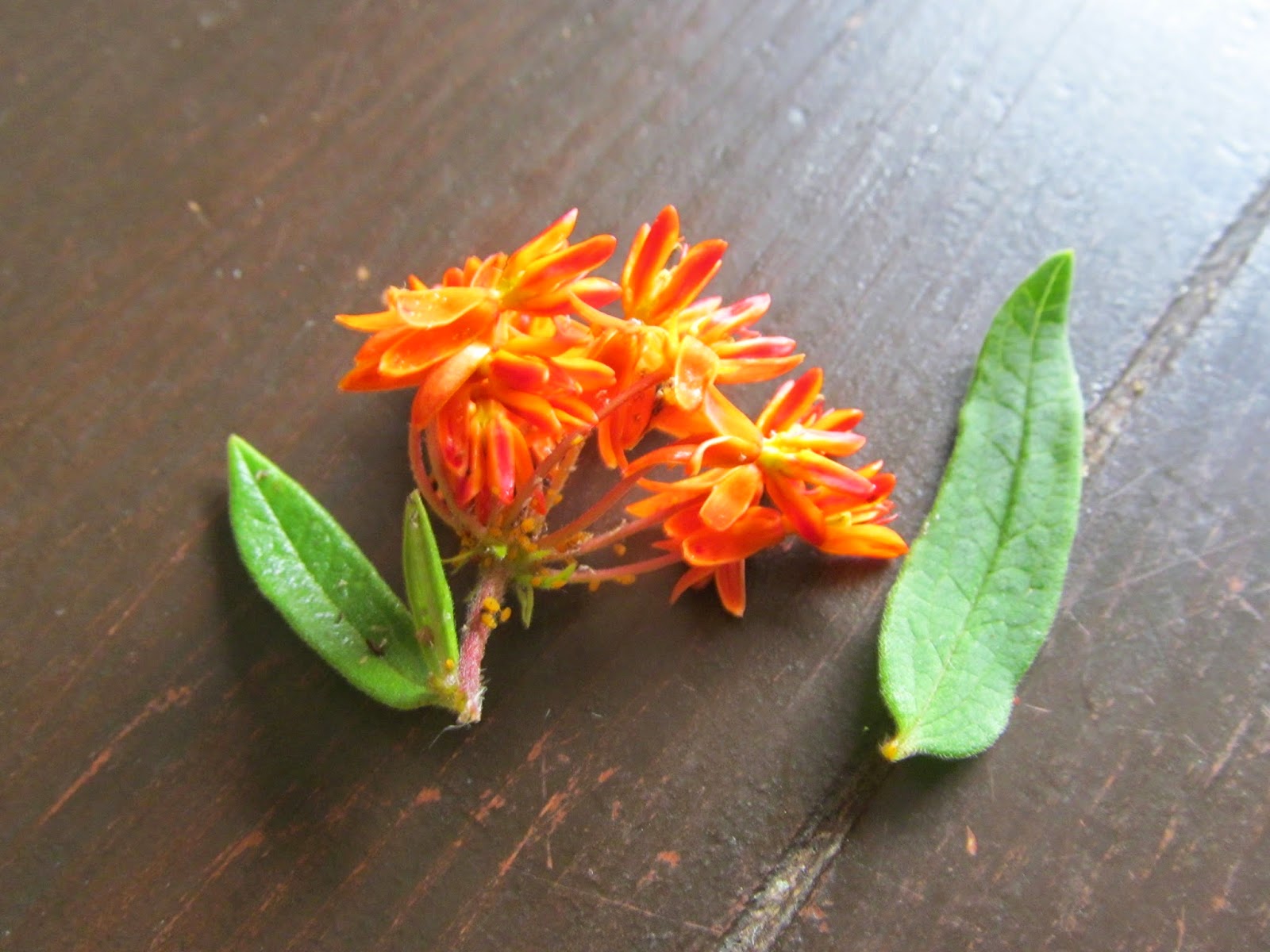I've had a few moms ask me how my kids got interested in learning about birds and insects, so I thought I'd just share our experience. It really all started with a simple bird feeder and this book
Birds of Tennessee Field Guide
.
My dad got us this book one year for Christmas and I stuck it in a drawer. We had put up a bird feeder and a birdhouse (for decor) outside our living room window. One day we saw some amazing birds at the feeder. One of them we have not seen since...it was a Rose Breasted Grosbeak. We could not believe how beautiful this bird was and I remembered that bird book! We pulled it out and identified our first bird. Then, we noticed a bird going in and out of the birdhouse that I had put up...strictly for looks. When we checked inside, there were tiny little eggs! Then the eggs hatched and we watched the birds grow and fly away. We also got the book out to identify them as Carolina Chickadees. Luke, who was then 7, started looking through the book and then started reading it...cover to cover. One huge blessing out of this, was that he had struggled with reading or really being interested in it at all. He had become so interested in these birds that he just had to read about them! He wore that book out and we had to order another one!

Robin's nest in our yard
What was so great, was that we were all of a sudden aware of all the birds around us. We had never really noticed them before. Now we were seeing them everywhere and we wanted to know what kind they were.
We had always liked hiking, camping, and being outdoors in general. Chad, my husband, had always been great about helping the kids catch frogs, bug, snakes, etc. However, we had been missing so much! We got some more field guides and we all began to learn about all of God's amazing creatures that were right around us the whole time.
We are not experts, and my kids know WAY more than I do, but, here is what has worked for us:
*
Bird Feeders - Go to your local stores and just pick out a feeder and seed, nectar, or a thistle sock. Hang them up somewhere around your house where you are sure to see them everyday by just looking out the window. Also...try some Suet! We've seen some of the coolest birds on our suet. You'll find it in with bird seed.
Thistle Sock and Goldfinches
Red-Bellied Woodpecker and Northern Cardinal on Suet
Ruby-Throated Hummingbird at our Hummingbird feeder
*
Birdhouses - These are a fun family project! Make them from scratch, buy a kit, or by one preassembled. Hang it up where you can easily watch it. You can look online for how to make and hang a house for
specific birds. There is nothing like observing birds, all the way from making a nest, to the babies flying away.
*
Field Guides - I'm going to list some of our favorites (affiliate links). We've found them at yard sales, thrift stores, book stores and online.
* As homeschoolers, nature study has become a huge part of our schooling. This book,
Handbook of Nature Study
, has been great! I take it everywhere we go and we use it to look up just about everything. It sometimes gives us little observation activities and gets us investigating and thinking. It's not just about wildlife, we've learned about erosion while at the river and trees and roots while hiking. It's a wonderful resource!
Milkweed Pod
*
Nature Stories - There are so many great books out there. I never realized how educational fiction can be! Ethan has read the Guardians of Ga'Hoole series and learned about wolves, owls, snakes and more. We've grown to love Thornton Burgess books!
Jack's Insects (Yesterday's Classics)
is an amazing book for older kids. Books like this played a huge part in us growing to love learning about creation. My kids got into the characters of these books without even realizing they were learning about different animals.
Favorite Thornton Burgess Animal Stories Boxed Set (Sets) *Be prepared! -
*Be prepared! - Try to keep things with you like binoculars, jars, buckets, nets, etc. We also try to take at least 10 - 15 minutes to nature journal when we go out. Don't be afraid to get dirty and keep your eyes out for things you've never seen before!
* I think the biggest thing for us has been
turning off the tv and getting rid of video games. Every family is different, and we have our moments, but this has been huge for us. We never watched a ton, but, now it's hardly any at all. Our kids hardly ever get bored now. I've seen their love for the outdoors and their curiosity and creativity go through the roof over the past year. Also, their growing love for reading has been such a blessing!
Find things you and your kids are interested in. Look for good books to read about that topic. Find places in your area to go and get away from everyday life....wildlife refuges, birding parks, gardens, etc. Also, seek out organizations in your area that will help you learn more. We found our
local Ornithology group and they have poured into my kids and it has been a huge help! Pray for God to make your family stand in awe as you observe His creation...I believe He will!
Posted by Momma


























































